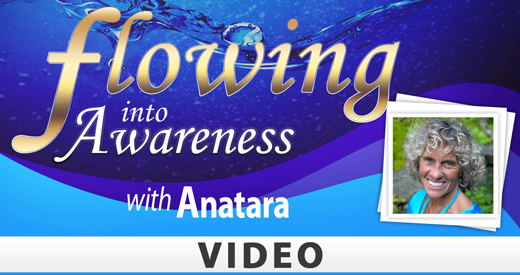A Guide to Popular Names in Yoga
[post-img]Part 1 describes the major influential schools of yoga as they arrived from teachers in India. Part 2 offers descriptions of more recent hybrid forms developed in North America. Part 3 describes practices of Yoga other than through the physical Hatha form.
The name of the “school” or style serves as a category, along with some names of known gurus or teachers and distinguishing or unique elements that might identify the yoga teacher’s method. Some names of schools also refer to general terms in yoga practice (such as kundalini and kriya).
[tip-fact]Hatha
Any practice based on the physical postures of asanas. Almost all yoga classes in the West are hatha yoga classes. This is different from yoga practices that mainly consist of meditation and pranayama, for example, those arising from Tibetan Buddhist traditions.
Ashtanga
Pattabhi Jois of Mysore is the guru of this system which is good for building strength and stamina. Jumps and leaps are often used to get from one pose to another, can be quite challenging. Students use a cotton rug-mat because of the sweating and for better grip.
[b-quote]Iyengar
Developed and popularized by B.K.S. Iyengar, author of Light on Yoga. Iyengar greatly influenced the current generation of yoga teachers because of his emphasis on precise alignment of the physical body in hatha yoga postures. Most commonly done with yoga props that may include blankets, straps, blocks and cushions. Good for support and for those working with limited range of movements. Frequent use of downward facing dog in between other postures.
Kriya Yoga
Associated with the teachings of ParamhansaYogananda, whose book Autobiography of a Yogi, introduced the spiritual basis of yoga and meditation to students in the West in the 1950s. This practice is mainly based on meditation and visualization techniques working with images of light and energy. Teachings continue through the
Self-Realization Fellowship. “Kriya” is also the name of certain cleansing practices for the physical
body used by yoga practitioners such as the neti pot for cleansing nasal passages and nauli for massaging internal organs.
Kundalini
May refer to either the routine developed in the Sikh community by Yoga Bhajan and made famous by Los Angeles teacher Gurmukh Kaur Khalsa or to the raising of the subtle energy called kundalini, which may occur in yoga practice. In the Sikh version, the emphasis is on rapid breath work coordinated with repeated movements, often with chanting or instruments such as the gong at the end of a session. You may also see the traditional sheep-skin rug used for meditation sessions.
Sivanada
Classes are structured around 12 basic yoga postures with relaxation poses in between. Pranayama (alternate nostril breathing) and inverted postures are taught early on in sessions. Similar in style is Integral Yoga. Both teachers, Swami Vishnu Devananda of Sivananda and Swami Satchidananda of Integral Yoga were disciples of Swami Sivananda who wrote prolifically on all aspects of a spiritual yoga practice including on devotional and philosophical aspects.
A Guide to Popular Names in Yoga
- Part 1: The major influential schools of yoga.
- Part 2: More recent hybrid forms developed in North America.
- Part 3: Practices of Yoga other than through the physical Hatha form.




